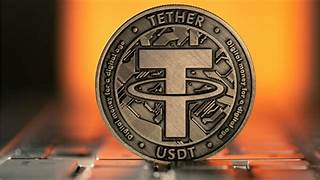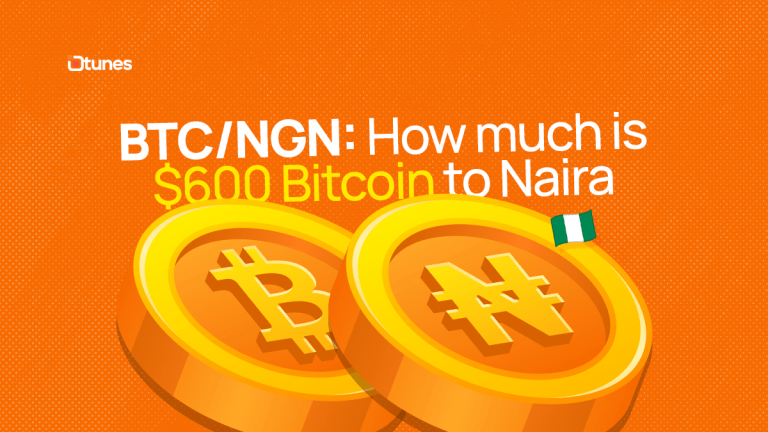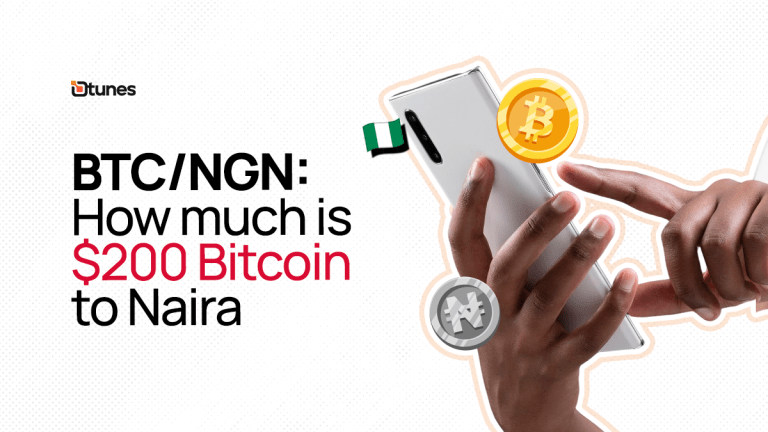
What is the Full Meaning of USDT?
Full Meaning of USDT: In the realm of cryptocurrency, USDT has emerged as a significant player. But what does USDT stand for, and what is its significance in the digital currency landscape?
Full Meaning of USDT
USDT stands for “Tether”, more specifically “USD Tether”. It is a type of cryptocurrency known as a stablecoin, designed to maintain a stable value by pegging it to a fiat currency, in this case, the US dollar. The full meaning of USDT encapsulates its purpose and function within the cryptocurrency market.
Introduction to USDT

USDT, or Tether, was introduced in 2014 as a cryptocurrency backed by fiat currency reserves. It was created to address the volatility concerns associated with other cryptocurrencies like Bitcoin and Ethereum. Unlike these volatile counterparts, USDT aims to maintain a stable value equivalent to one US dollar. This stability is achieved by backing each token with a corresponding amount of US dollars held in reserve.
There are four different types of USDT, including TRC-20, ERC-20, EOS, and Algorand. TRC-20 is the version of USDT that is used on the Tron blockchain, while ERC-20 is the version used on the Ethereum blockchain. EOS and Algorand are newer blockchains that also support USDT.
When it comes to selling USDT in Nigeria, the most common type you will encounter is ERC-20, as it is the most widely used. However, it is important to note that different platforms may only support certain types of USDT, so be sure to check before you start selling.
What are the use cases of USDT?

Stability in Volatile Markets
The primary use case of USDT lies in providing stability in the inherently volatile cryptocurrency market. Traders and investors often use USDT as a safe haven to park their funds during times of market uncertainty or extreme price fluctuations. By converting their assets into USDT, they can preserve the value of their holdings without having to cash out into fiat currencies like USD.
Trading Pair
Another common use case for USDT is as a trading pair on cryptocurrency exchanges. Many exchanges offer USDT pairs for various cryptocurrencies, allowing users to trade between cryptocurrencies and USDT instead of directly with fiat currencies. This provides traders with a way to hedge against market volatility without exiting the cryptocurrency ecosystem.
Remittance and Cross-Border Transactions
USDT also facilitates cross-border transactions and remittances, offering a faster and more cost-effective alternative to traditional methods. Since USDT operates on blockchain technology, transactions can be executed quickly and with minimal fees compared to traditional banking systems. This makes USDT an attractive option for individuals and businesses seeking to transfer funds across borders.
Arbitrage Opportunities
Arbitrage traders leverage the stability of USDT to capitalize on price differences between exchanges. By buying cryptocurrencies on exchanges where prices are lower and selling them on exchanges where prices are higher, traders can profit from these discrepancies. USDT serves as a convenient medium for transferring funds between exchanges due to its stable value and widespread acceptance.
How does USDT maintain its peg to the US dollar?

Ensuring that USDT maintains a 1:1 peg with the US dollar is essential to its functionality and credibility. Several mechanisms are employed to achieve this peg:
Reserve Backing
USDT claims to be fully backed by reserves of fiat currency, primarily US dollars. Tether Limited, the company behind USDT, periodically publishes reports detailing the reserve holdings to provide transparency and assurance to users. However, concerns have been raised about the adequacy and transparency of these reserves, leading to debates about the true value and stability of USDT.
Market Demand and Supply
Market forces of demand and supply also play a role in maintaining the peg. When the price of USDT deviates from $1, arbitrage opportunities arise, incentivizing traders to buy or sell USDT until its price aligns with the peg. This constant arbitrage activity helps stabilize the price of USDT and keeps it close to the $1 mark.
Redemption and Issuance
Tether Limited facilitates the issuance and redemption of USDT tokens. When demand for USDT increases, new tokens are issued in exchange for fiat currency deposits. Conversely, when users redeem USDT for fiat currency, an equivalent amount of tokens is destroyed, thereby adjusting the supply to match demand and maintain the peg.
Market Interventions
In extreme cases where market forces alone are insufficient to maintain the peg, Tether Limited may intervene directly in the market by buying or selling USDT. These interventions aim to stabilize the price of USDT and reinforce confidence in its peg to the US dollar.
Criticism and Controversies

Despite its widespread adoption and utility, USDT has faced criticism and controversies throughout its existence. Some of the key concerns include:
Lack of Transparency
Critics argue that Tether Limited has not provided sufficient evidence to substantiate its claims of full reserve backing. The company’s opaque practices regarding reserve management and audits have raised doubts about the reliability of USDT’s peg to the US dollar.
Regulatory Scrutiny
USDT’s centralized nature and potential for market manipulation have drawn regulatory scrutiny from authorities worldwide. Concerns about money laundering, fraud, and market stability have prompted investigations and legal actions against Tether Limited and affiliated entities.
Dependency Risks
The cryptocurrency market’s heavy reliance on USDT as a stablecoin poses systemic risks in the event of a failure or loss of confidence in the token. A sudden collapse or devaluation of USDT could have far-reaching consequences for the broader cryptocurrency ecosystem, potentially leading to market turmoil and investor losses.
Where and How to Trade USDT

Trading USDT, or USD Tether, involves buying, selling, or exchanging the stablecoin for other cryptocurrencies or fiat currencies. Due to its widespread adoption and utility, USDT is available for trading on numerous cryptocurrency exchanges and platforms worldwide. Here’s a comprehensive guide on where and how to trade USDT:
- Cryptocurrency exchanges
Cryptocurrency exchanges serve as the primary platforms for trading USDT. These exchanges facilitate the buying, selling, and exchange of various cryptocurrencies, including USDT.
- Peer-to-Peer (P2P) platforms
Peer-to-peer platforms enable direct trading between users without the involvement of intermediaries. On P2P platforms, buyers and sellers can create listings to buy or sell USDT using different payment methods, such as bank transfers, PayPal, or cash.
- Over-the-Counter (OTC) Desks
Over-the-counter desks facilitate large-volume trades of cryptocurrencies outside of traditional exchanges. OTC desks cater to institutional investors, high-net-worth individuals, and cryptocurrency funds seeking to execute large trades without impacting market prices.
The Future of USDT

Looking ahead, the future of USDT is uncertain, as it navigates regulatory challenges and strives to address concerns surrounding transparency and stability. Competing stablecoins and central bank digital currencies (CBDCs) pose potential threats to USDT’s dominance, while technological advancements and evolving market dynamics may shape its evolution. Whether USDT can maintain its position as a leading stablecoin or faces obsolescence remains to be seen, but its impact on the cryptocurrency landscape is undeniable, shaping the way digital assets are traded and utilized across the globe.
Conclusion
In conclusion, USDT, or USD Tether, is a stablecoin designed to maintain a stable value pegged to the US dollar. Its primary use cases include providing stability in volatile markets, serving as a trading pair on exchanges, facilitating cross-border transactions, and enabling arbitrage opportunities. USDT maintains its peg through mechanisms such as reserve backing, market demand and supply dynamics, issuance and redemption, and occasional market interventions. However, it has also faced criticism and controversies, including concerns about transparency, regulatory scrutiny, and systemic risks. Despite these challenges, USDT remains one of the most widely used stablecoins in the cryptocurrency market, playing a crucial role in facilitating liquidity and stability for traders and investors alike.
Tobi brings stories to life as the Content Writer and Creator at Dtunes, blending creativity with strategy to connect with audiences. When she’s not crafting content, you’ll find her traveling, meeting new people, or trying out exciting things.




